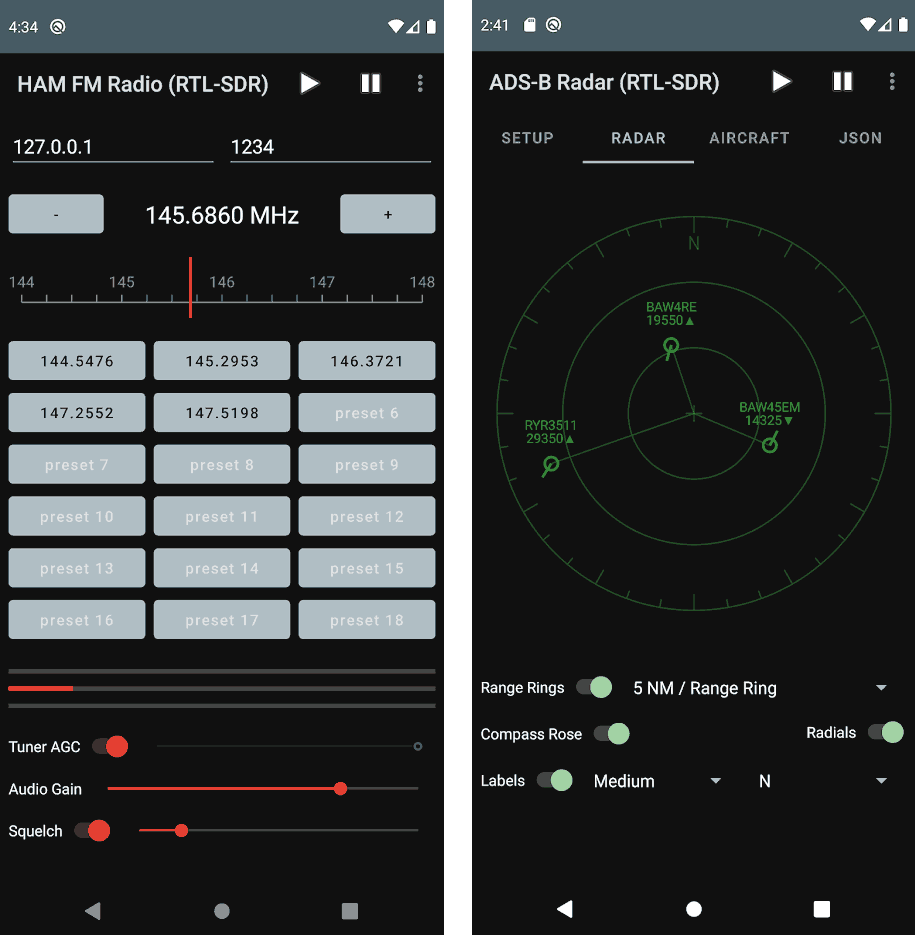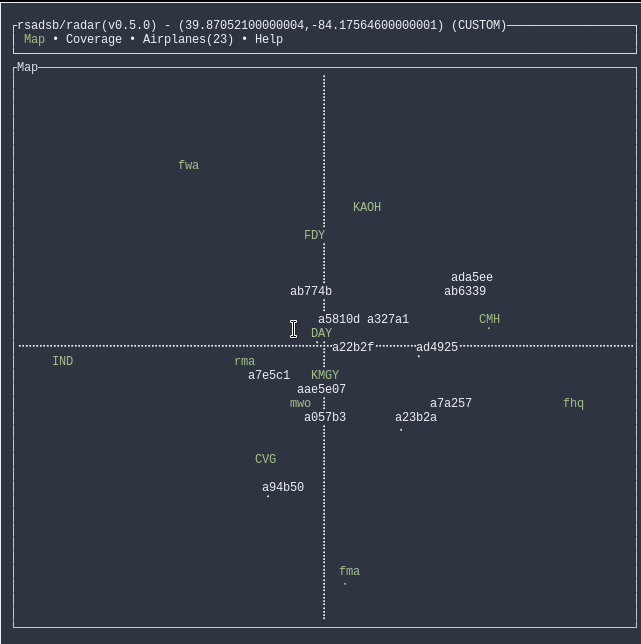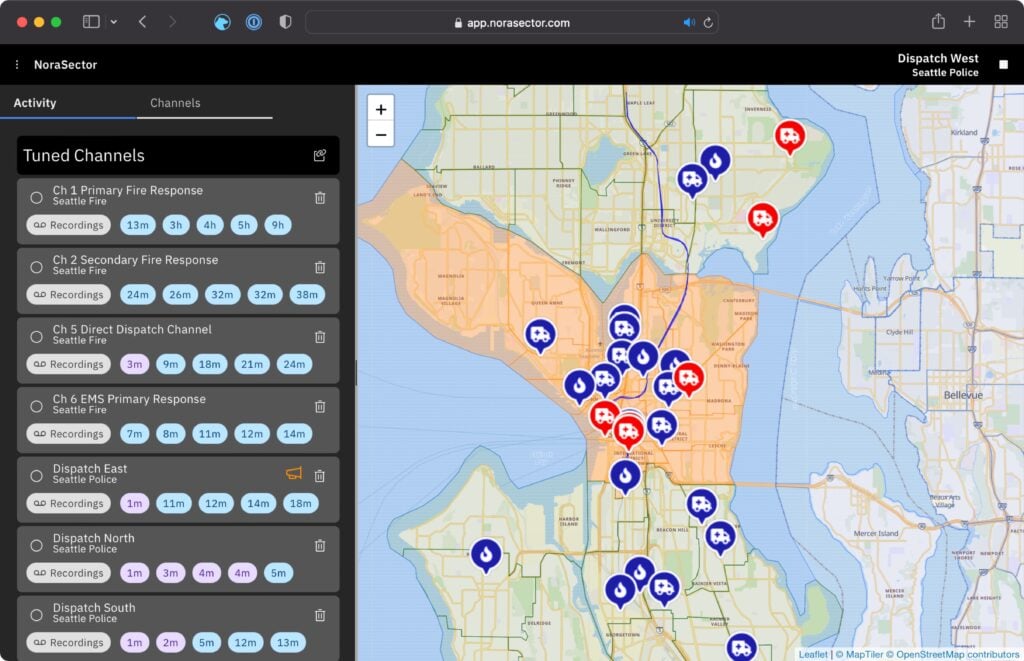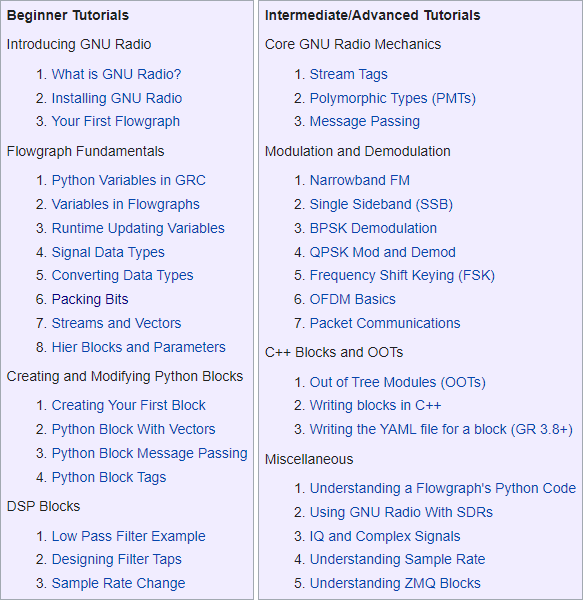Using the New KrakenSDR Software with DF-Aggregator and a KerberosSDR
KrakenSDR is our 5-channel coherent RTL-SDR product that we have successfully crowdfunded for over on CrowdSupply. KrakenSDR is the successor to our previous 4-channel product called the KerberosSDR and will begin shipping to initial supporters within the next few months. Along with the new hardware developments, KrakenSDR comes with a new opensource codebase that is also compatible with the KerberosSDR.
With a coherent SDR like KrakenSDR or KerberosSDR, interesting applications such as radio direction finding and passive radar become possible.
Unlike the newer KrakenSDR, the KerberosSDR is unable to automatically calibrate without manual intervention on the hardware. However, it is possible to upgrade the KerberosSDR with some third party hardware switches provided by Corey Koval of Lakeshore Labs. With these switches and the new software the KerberosSDR can be made to automatically calibrate like the KrakenSDR.
Corey also has created DF-Aggregator, which is open source software that allows users to plot bearing data from one or more KerberosSDR, KrakenSDR or other radio direction finding devices on a map.
Recently, Corey has demonstrated some changes to our codebase that allow the new KrakenSDR software to directly upload to DF-Aggregator. Over on his YouTube channel, Aaron who runs the DragonOS channel has uploaded a video that shows exactly how to set this up. In the future we plan on integrating support for DF-Aggregator directly into our core code.



